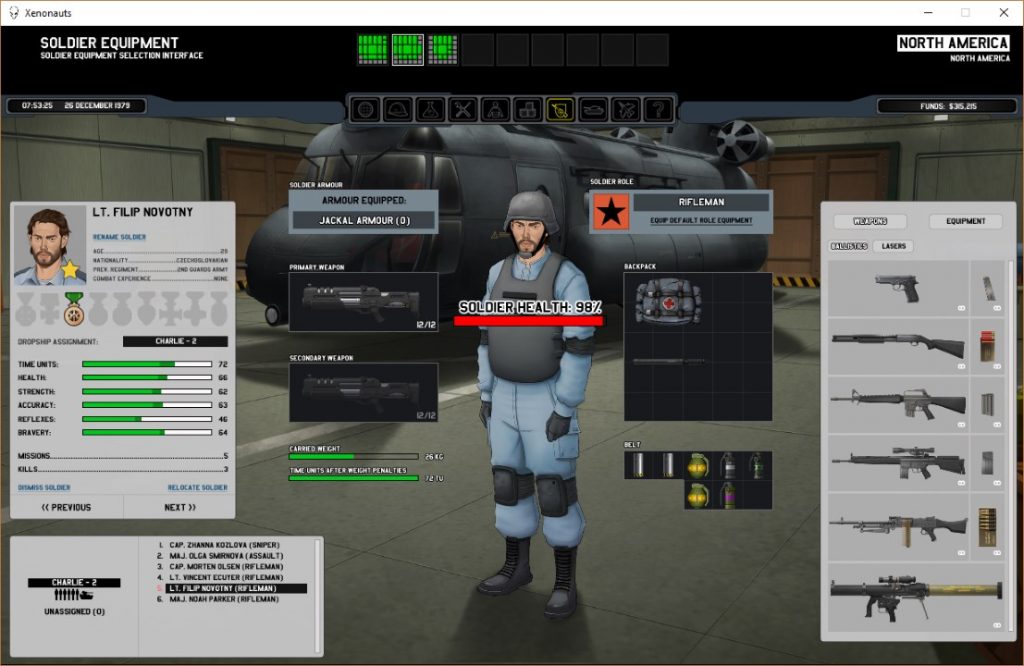Nest of Spies: The Startling Truth About Foreign Agents At Work Within Canada’s Borders is, as one might expect from the subtitle, a non-fiction book about the spy scene in Canada. Its authors are a journalist and a former operative of the Canadian Security Intelligence Service, so the book ends up being more descriptive than deeply analytical.
I rather wish a sociologist had been the one to write this book, as I think one could have teased out some interesting insights from the inside knowledge that the authors clearly possess. As it is, the book mostly recounts spy stories that took place in Canada and organized by the country of the perpetrators. At the very least I wish the authors had organized the book around the traditional divisions of spy work – e.g., human intelligence, signals intelligence, etc. And some deeper comparisons with other countries would have helped put things into context.
But the book is still pretty eye-opening. I’m a big spy buff, so a lot of the generalities of intelligence work are familiar to me, but I hadn’t been aware of the specifics of how the whole thing works in Canada. There are a couple of anecdotes from the Cold War (did you know that when the Soviet consulate in Montreal burned down in 1987, CSIS painstakingly sifted the ashes and exposed at least one Soviet mole in France?) and the newer free-for-all today (did you also know that French spies steal anything not nailed down from not only their enemies, but also their allies such as the UK and Canada?).
The authors clearly wish to avoid libel lawsuits by carefully avoiding naming some individuals, companies, and even entire countries in their anecdotes. This is rather to the book’s detriment, since details are scarce enough in a world as secretive as the spy’s. Quit dangling juicy tidbits if you can’t deliver. I mean, tell me you don’t want to know more about Big Pharma hitmen after reading this passage:
Then there is the tactic of eliminating the [rival company’s] researchers [as a part of industrial competition]. We wish this were a tongue-in-cheek way of suggesting they be bribed, but we are in fact talking about murdering them. The pharmaceutical research industry has a remarkable reputation for brutality. The development and marketing of a single new medication costs on average $800 million, which means that a professional killer’s $50,000-$60,000 tab is just so much small change once the competing company’s two or three lead project researchers have been identified. (p. 306)
I suppose this reticence might be attributed to the inherently guarded nature of a spy (though spies aren’t immune to the lure of Hollywood – witness how this nameless intelligence worker gushes over their organization being featured in an episode of The Good Wife).
Entwined throughout the book’s anecdotes are the authors’ calls for Canada to up its counterintelligence game at the corporate and governmental level. It’s true that no one in Canada really gives a shit about spying. Even after finding out just how much proprietary information is stolen in Canada by friends and rivals alike, I still can’t find it in me to care too much. If it ever comes to a choice between spending money on infrastructure or increasing funding for spy work, I say build that damn Toronto to Montreal hyperloop already. Or just that high frequency rail for the Quebec City to Windsor corridor.
Anyway, this book got me started in reading more about Canada’s spying history. Did you know it’s rumoured that Ian Fleming was the sniper who killed a Japanese spy in New York when the US was still neutral in World War 2, as part of a secretive UK-Canada “corporation” operating with the tacit approval of Franklin D. Roosevelt and J. Edgar Hoover? Or that throughout the 19th and early 20th century the Canadian government hired the Pinkerton detective agency to keep tabs on Irish malcontents in the US? I didn’t, until I started down this fascinating rabbit hole. These stories were from Canada’s Enemies: Spies and Spying in the Peacable Kingdom.
I’ll be doing some further reading on the subject, but for the uninitiated, I’d say Nest of Spies is a fascinating introduction.




